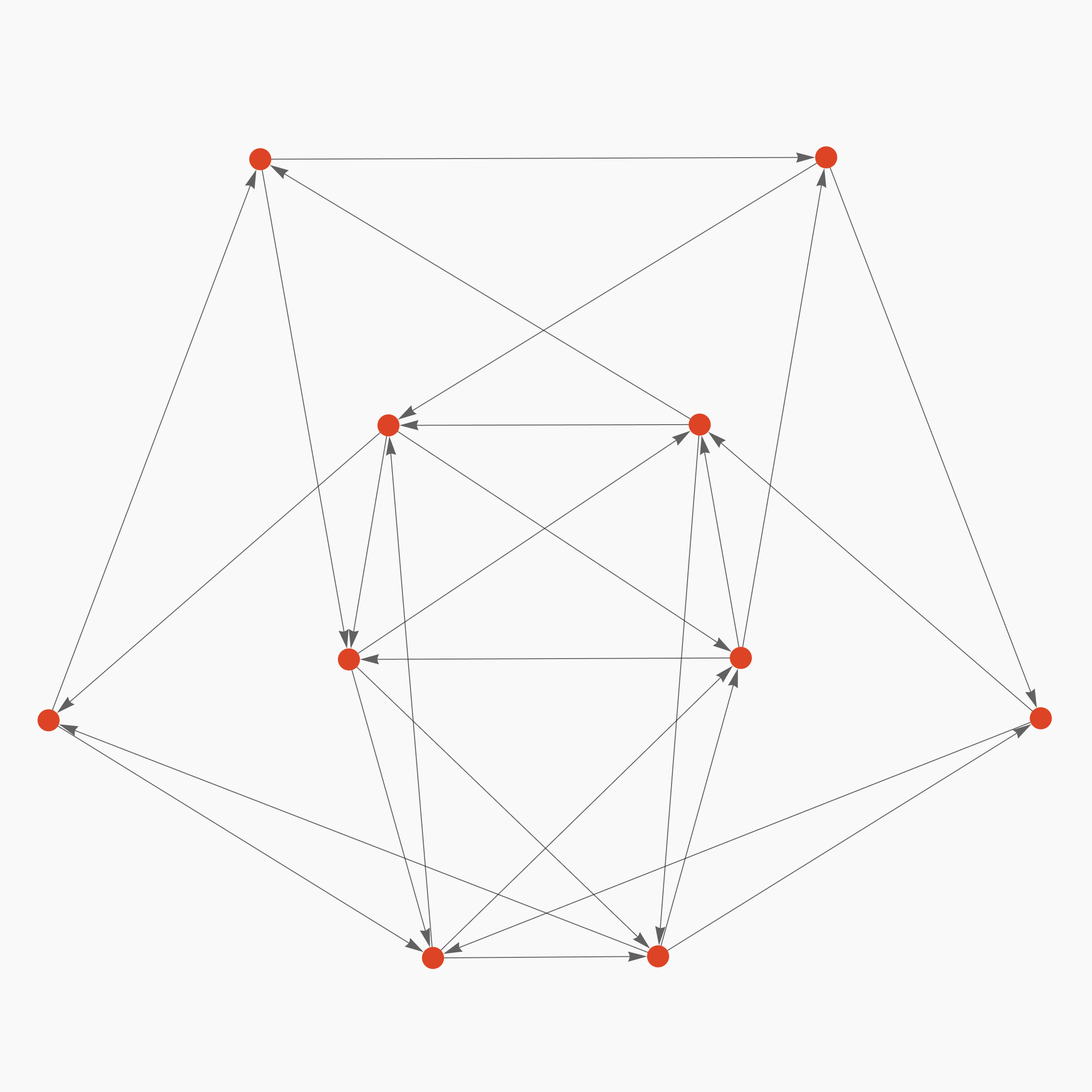Our papers are the official record of our discoveries. They allow others to build on and apply our work. Each one is the result of many months of research, so we make a special effort to make our papers clear, inspiring and beautiful, and publish them in leading journals.
- Date
- Subject
- Theme
- Journal
- Citations
- Altmetric
- SNIP
- Author
 M. Burtsev
M. Burtsev A. V. Kosyak
A. V. Kosyak J. Wang
J. Wang Y. He
Y. He O. Gamayun
O. Gamayun E. Sobko
E. Sobko F. Sheldon
F. Sheldon F. Caravelli
F. Caravelli I. Shkredov
I. Shkredov A. Stepanenko
A. Stepanenko A. Sarikyan
A. Sarikyan A. Esterov
A. Esterov A. Ochirov
A. Ochirov M. Reeves
M. Reeves T. Fink
T. Fink G. Caldarelli
G. Caldarelli R. Hannam
R. Hannam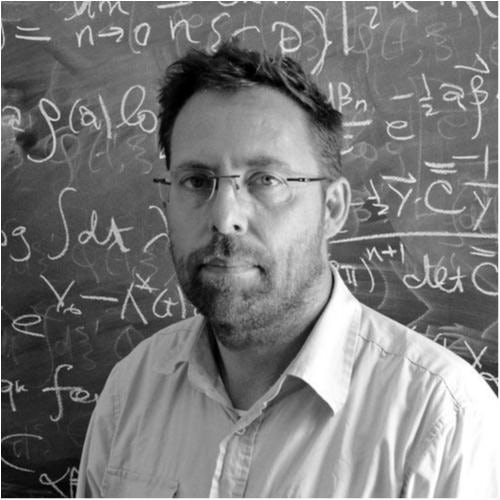 A. Coolen
A. Coolen O. Dahlsten
O. Dahlsten A. Mozeika
A. Mozeika M. Bardoscia
M. Bardoscia P. Barucca
P. Barucca M. Rowley
M. Rowley I. Teimouri
I. Teimouri F. Antenucci
F. Antenucci A. Scala
A. Scala R. Farr
R. Farr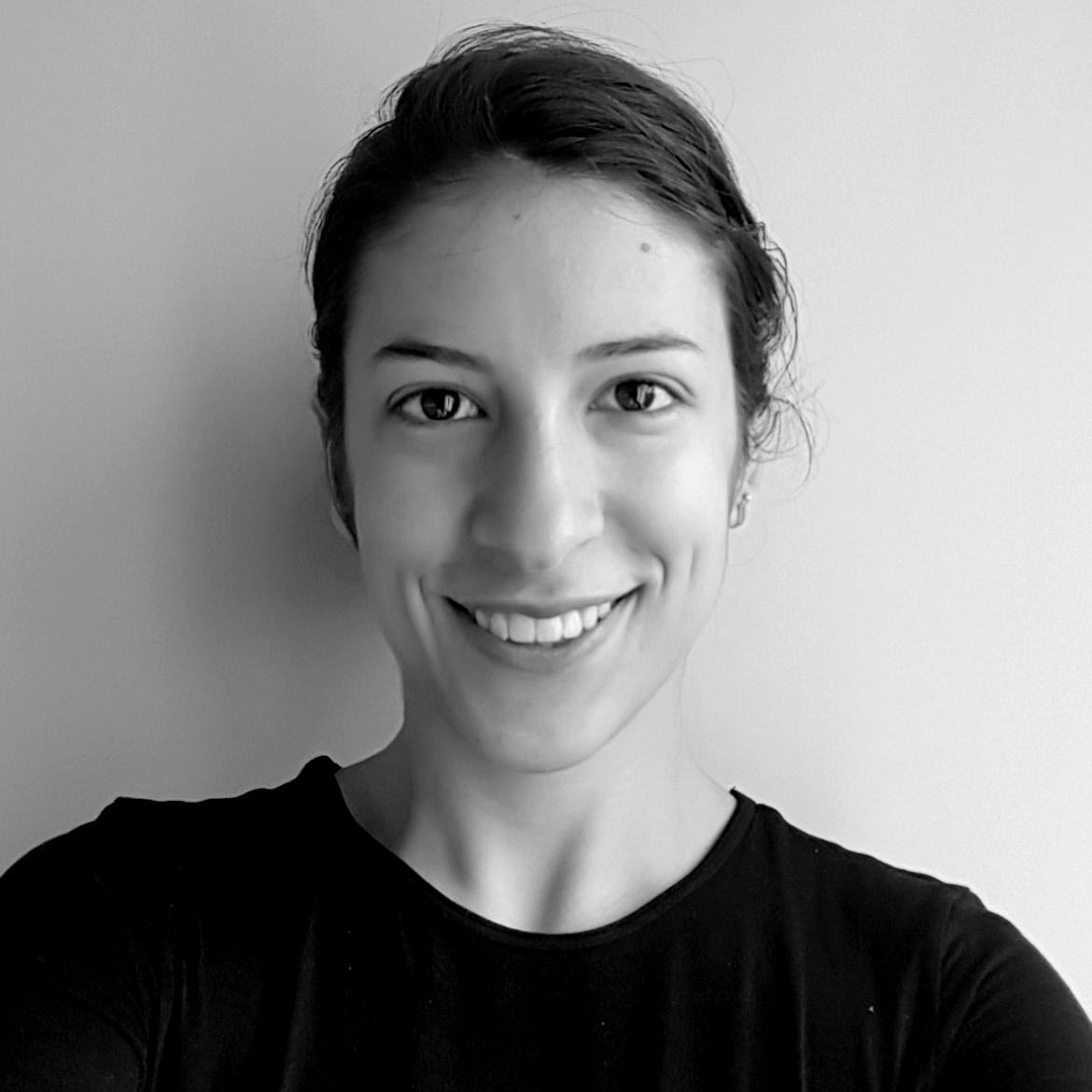 A. Zegarac
A. Zegarac S. Sebastio
S. Sebastio B. Bollobás
B. Bollobás F. Lafond
F. Lafond D. Farmer
D. Farmer C. Pickard
C. Pickard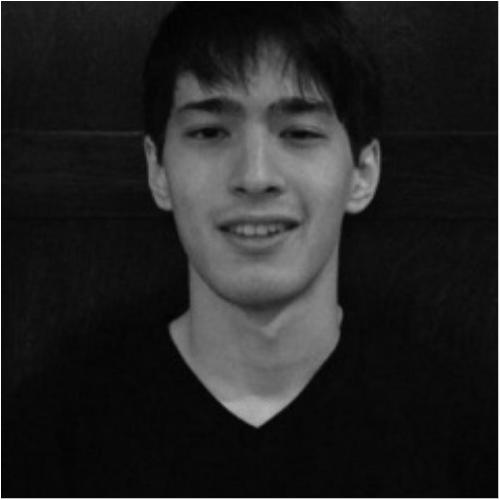 T. Reeves
T. Reeves J. Blundell
J. Blundell A. Gallagher
A. Gallagher M. Przykucki
M. Przykucki P. Smith
P. Smith L. Pietronero
L. Pietronero
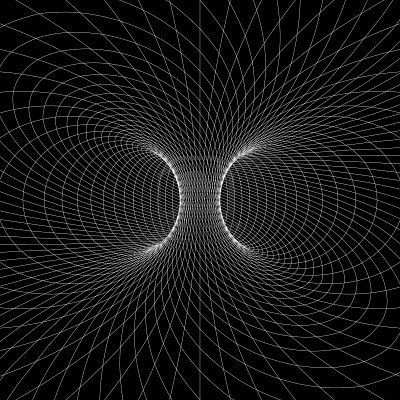
Algebraic geometry
Standard Model vacuum
The rich and intricate vacuum geometry of the Minimal Supersymmetric Standard Model—a complex manifold—is characterised for the first time.
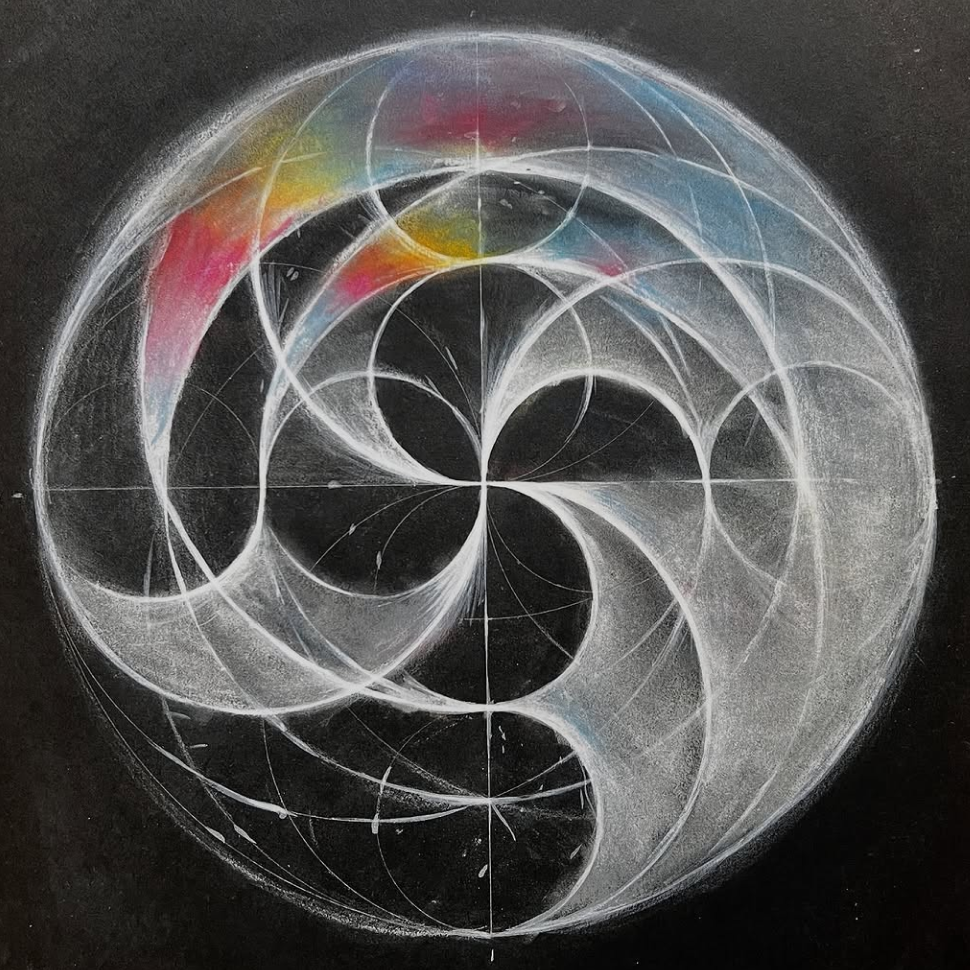
Algebraic geometry
Analysing the vacuum
Birational methods in algebraic geometry are used to explicitly describe the vacuum structure of the Minimal Supersymmetric Standard Model.
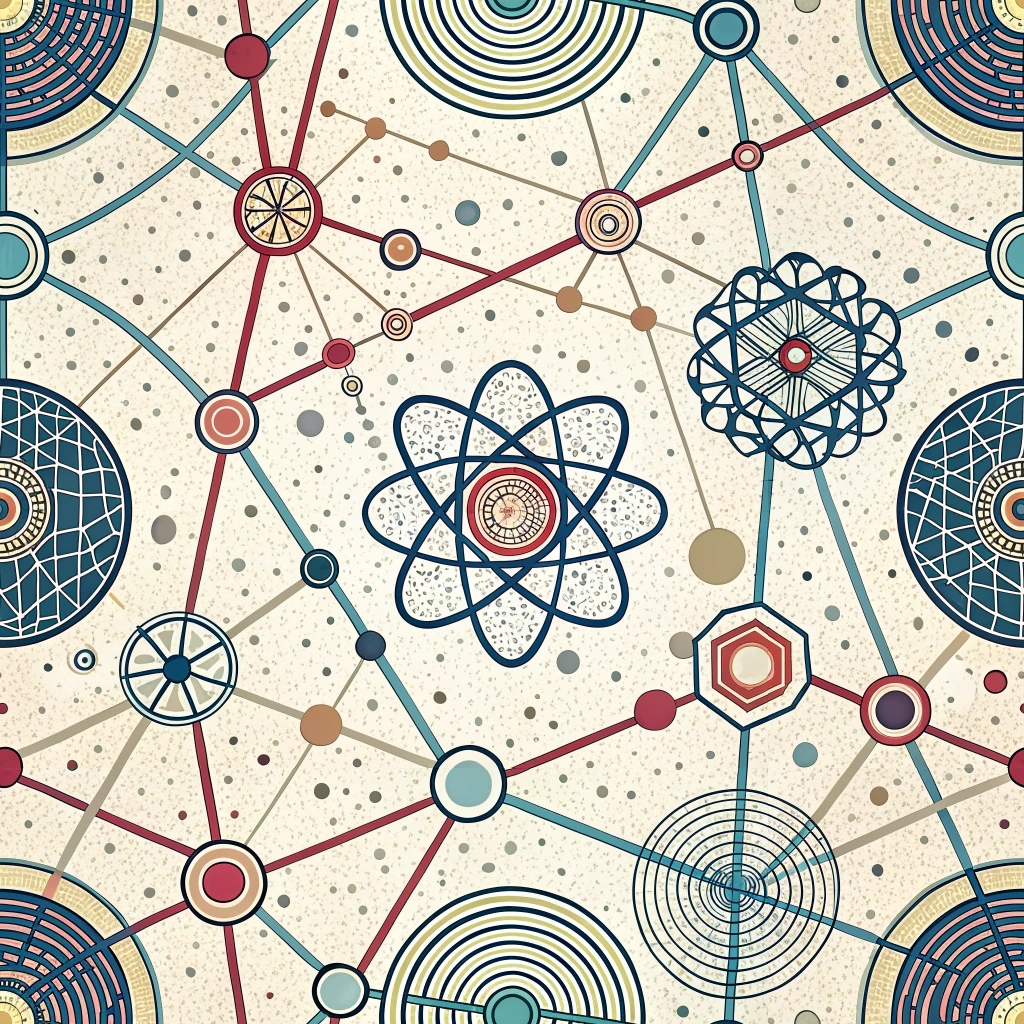
High energy physics
Reinforcing spectra
We show reinforcement learning can be used to check whether a certain class of quantum field theory has a finite spectrum of stable particles.
AI-assisted maths
Metaheuristic tilings
We use simulated annealing to efficiently construct all brane tilings that encode supersymmetric gauge theories and discover a new one.
String theory
Futaki for reflexives
We compute Futaki invariants for gauge theories from D3-branes that probe toric Calabi-Yau singularities arising from reflexive polytopes.
AI-assisted maths
On AI-driven discovery
Reviewing progress in the field of AI-assisted discovery for maths and theoretical physics reveals a triumvirate of different approaches.
AI-assisted maths
Triangulating polytopes
Machine learning generates desirable triangulations of geometric objects that are required for Calabi-Yau compactification in string theory.
AI-assisted maths
Convolution in topology
Using Inception, a convolutional neural network, we predict certain divisibility invariants of Calabi-Yau manifolds with up to 90% accuracy.
AI-assisted maths
Learning to be simple
Neural networks classify simple finite groups by generators, unlike earlier methods using Cayley tables, leading to a proven explicit criterion.
AI-assisted maths
Clifford invariants by ML
Coxeter transformations for root diagrams of simply-laced Lie groups are exhaustively computed then machine learned to very high accuracy.
AI-assisted maths
AI for cluster algebras
Investigating cluster algebras through the lens of modern data science reveals an elegant symmetry in the quiver exchange graph embedding.
Algebraic geometry
Bundled Laplacians
By approximating the basis of eigenfunctions, we computationally determine the harmonic modes of bundle-valued Laplacians on Calabi-Yau manifolds.
AI-assisted maths
Learning 3-manifolds
3-manifolds represented as isomorphism signatures of their triangulations and associated Pachner graphs are analysed with machine learning.
AI-assisted maths
Computing Sasakians
Topological quantities for the Calabi-Yau link construction of G2 manifolds are computed and machine learnt with high performance scores.
Algebraic geometry
Genetic polytopes
Genetic algorithms, which solve optimisation problems in a natural selection-inspired way, reveal previously unconstructed Calabi-Yau manifolds.
Algebraic geometry
Analysing amoebae
Genetic symbolic regression methods reveal the relationship between amoebae from tropical geometry and the Mahler measure from number theory.
Group theory
On John McKay
This obituary celebrates the life and work of John Keith Stuart McKay, highlighting the mathematical miracles for which he will be remembered.
AI-assisted maths
AI for arithmetic curves
AI can predict invariants of low genus arithmetic curves, including those key to the Birch-Swinnerton-Dyer conjecture—a millennium prize problem.
AI-assisted maths
Clustered cluster algebras
Cluster variables in Grassmannian cluster algebras can be classified with HPC by applying the tableaux method up to a fixed number of columns.
Number theory
Elliptical murmurations
Certain properties of the bivariate cubic equations used to prove Fermat’s last theorem exhibit flocking patterns, machine learning reveals.
String theory
World in a grain of sand
An AI algorithm of few-shot learning finds that the vast string landscape could be reduced by only seeing a tiny fraction to predict the rest.
Evolvability
Flowers of immortality
The eigenvalues of the mortality equation fall into two classes—the flower and the stem—but only the stem eigenvalues control the dynamics.
Gravity
AI classifies space-time
A neural network learns to classify different types of spacetime in general relativity according to their algebraic Petrov classification.
String theory
Algebra of melting crystals
Certain states in quantum field theories are described by the geometry and algebra of melting crystals via properties of partition functions.
AI-assisted maths
Machine learning Hilbert series
Neural networks find efficient ways to compute the Hilbert series, an important counting function in algebraic geometry and gauge theory.
AI-assisted maths
Line bundle connections
Neural networks find numerical solutions to Hermitian Yang-Mills equations, a difficult system of PDEs crucial to mathematics and physics.
AI-assisted maths
Calabi-Yau anomalies
Unsupervised machine-learning of the Hodge numbers of Calabi-Yau hypersurfaces detects new patterns with an unexpected linear dependence.
String theory
Mahler measure for quivers
Mahler measure from number theory is used for the first time in physics, yielding “Mahler flow” which extrapolates different phases in QFT.
AI-assisted maths
Learning the Sato–Tate conjecture
Machine-learning methods can distinguish between Sato-Tate groups, promoting a data-driven approach for problems involving Euler factors.
Machine learning
Universes as big data
Machine-learning is a powerful tool for sifting through the landscape of possible Universes that could derive from Calabi-Yau manifolds.
Number theory
Reflexions on Mahler
Using Newton polynomials from reflexive polygons, we find that the Mahler measure and dessin d’enfants are in one-to-one correspondence.
String theory
QFT and kids’ drawings
Groethendieck's “children’s drawings”, a type of bipartite graph, link number theory, geometry, and the physics of conformal field theory.
Machine learning
Neurons on amoebae
Machine-learning 2-dimensional amoeba in algebraic geometry and string theory is able to recover the complicated conditions from so-called lopsidedness.
Group theory
New approaches to the Monster
Editorial of the last set of lectures given by the founder, McKay, of Moonshine Conjectures, the proof of which got Borcherds the Fields Medal.
Combinatorics
Combinatoric topological strings
We find a physical interpretation, in terms of combinatorial topological string theory, of a classic result in finite group theory theory.
